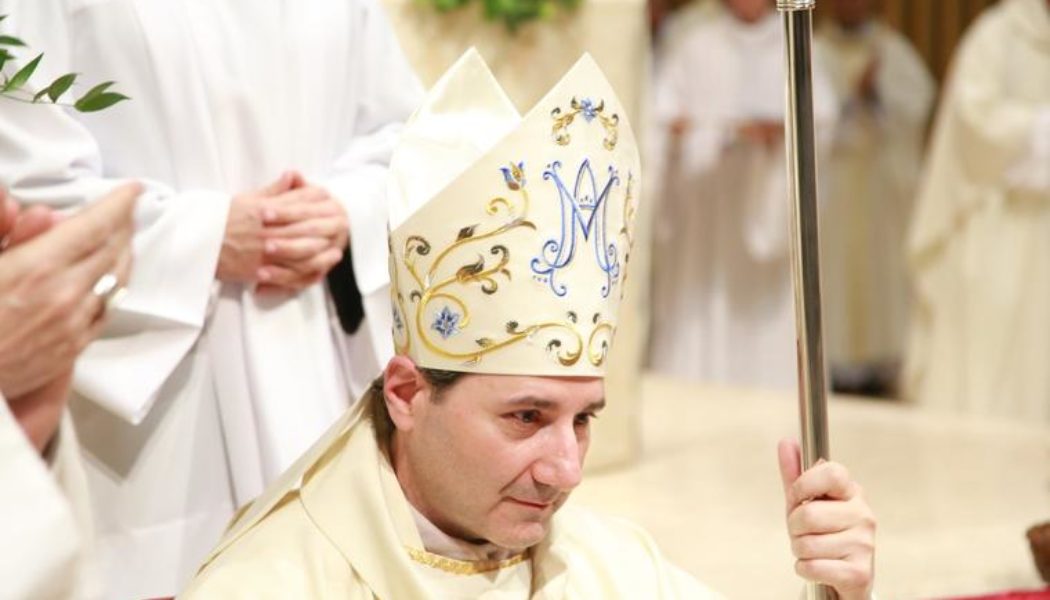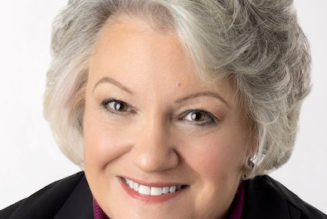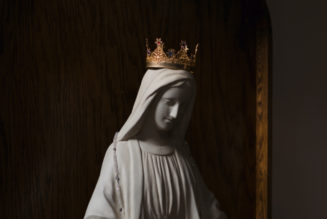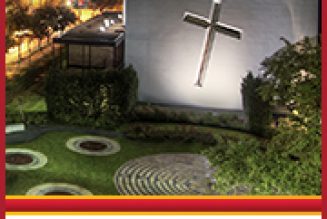
TORONTO — The Holy Father’s appointment of Bishop Francis (Frank) Leo as archbishop of Toronto is the most unexpected episcopal appointment in Canada in living memory. Nevertheless, his appointment is an extension of a pattern favored by Cardinal Marc Ouellet, the Canadian who has been prefect of the Congregation for Bishops since 2010, and who retires in a few weeks, to be succeeded by American Bishop Robert Prevost.
Bishop Leo, only 51, is a widely-admired priest of Montreal, where he currently serves as vicar general. Serving in Montreal parishes for 10 years after his priestly ordination in 1996, the last 15 years have given him an unusual array of assignments. Studying at the Vatican academy for diplomats (2006-2008), he then served in the nunciature in Australia (2208-2011) and the mission in Hong Kong (2011-2012).
Instead of a lifetime of service in the Vatican diplomatic corps, he returned to Montreal to teach in the seminary in 2012. In 2015, he founded the Canadian Mariological Society, having done his doctorate in mariology. Then from 2015-2021 he was general secretary of the Canadian Conference of Catholic Bishops, after which he returned to Montreal to be vicar general.
The Marian dimension of Bishop Leo’s piety was emphasized in his episcopal dates: nominated as auxiliary bishop on July 16, 2022 (Our Lady of Mount Carmel), ordained a bishop on Sept. 12, 2022 (Holy Name of Mary) and appointed archbishop of Toronto on Feb. 11, 2023 (Our Lady of Lourdes).
It’s the rapidity of those dates that had ecclesial jaws hitting prie-dieus across the dominion on Saturday. Seven months ago, Msgr. Leo was a priest in Montreal’s curia. Now he is heading up the largest archdiocese in Canada and will be, by office, Canada’s most significant Catholic leader.
Such a rapid accession is not without precedent.
Recently, Pope Francis appointed a parish priest, Father José Vicente Nácher, to be archbishop of Tegucigalpa, becoming the senior cleric in Honduras. And in 2017, the Holy Father elevated Bishop Angelo De Donatis to be his vicar for the Diocese of Rome, having only been the auxiliary bishop there for two years.
While in previous ages it was not unusual for a priest to become a metropolitan archbishop immediately, for several generations now it has been customary for archbishops to have been bishops of their own dioceses (ordinaries) for some years before being elevated to archbishops.
There are of course exceptions. Cardinal Timothy Dolan was an auxiliary bishop in St. Louis for less than a year when he was named archbishop of Milwaukee.
Some of the titans of the John Paul era had unusual rises.
Cardinal Carlo Martini was a prominent Jesuit, but not a bishop when he was named archbishop of Milan, then the largest diocese in the world, in 1979. (He was also ordained a bishop by St. John Paul II himself a brief eight days after his appointment.)
Cardinal Jean-Marie Lustiger was named bishop of Orleans, France, only to be appointed archbishop of Paris 14 months later.
Cardinal John O’Connor, having served decades in the military, was made bishop of Scranton in 1983, his first experience as the ordinary of diocese. Seven months later John Paul transferred him to New York.
Cardinal Ouellet experienced something similar himself. He was a professor at the Rome’s Lateran University when he was appointed a bishop in March 2001, to be ordained by John Paul himself 16 days later. He served as deputy to Cardinal Walter Kasper at the Pontifical Council for Christian Unity. Having never been an ordinary of a diocese, he was then made archbishop of Quebec City 20 months later.
When he became prefect for bishops in 2010, Cardinal Ouellet then did the same in recommending appointments for his own country. Canada has three “cardinalatial sees”: Quebec, Montreal and Toronto. At the moment, Montreal, like Milan and Los Angeles, has an archbishop who is not a cardinal despite previous tradition.
For all Quebec, Montreal and Toronto, archbishops where chosen who were only recently made auxiliary bishops. All three now have archbishops who had never been head of their own diocese.
In Quebec, Cardinal Gerald Lacroix was made auxiliary bishop in May 2009 and archbishop in February 2011, less than two years later.
In Montreal, Archbishop Christian Lepine was made auxiliary bishop in September 2011, and then promoted to archbishop only six months later in March 2012.
And now in Toronto, Archbishop Leo has gone from auxiliary bishop of Montreal to archbishop of Toronto in five months.
So while it is unusual to leap from being a new auxiliary bishop to become archbishop of a cardinalatial see, Archbishop Leo’s elevation makes it three for three in Canada under Cardinal Ouellet’s tenure.
As to why Pope Francis may have found Archbishop Leo an attractive candidate, the Holy Father has shown a preference for diplomats during his pontificate, and Archbishop Leo was in the Holy See’s diplomatic corps.
And the Holy Father is bullish on the role of episcopal conferences, so Archbishop Leo’s six years as general secretary would have stood him in good stead.
Indeed, Pope Francis is especially admiring of the Canadian bishops, as he said last July when visiting Canada in relation to reconciliation with Indigenous peoples.
“The most important thing is precisely the fact that the episcopate came together in agreement, took up the challenge, and moved ahead,” Pope Francis said. “This Canadian experience is an example of a united episcopate. When an episcopate is united, then it can deal with the challenges that arise. I am a witness to what I have seen. This, then, I want to stress: If everything is going well, it is not because of my visit. I am just the icing on the cake. It is the bishops who have done everything with their unity.”
There are risks in any episcopal appointment. Elevating a new bishop who has never governed his own diocese means that there is a lack of experience. And there is an implied lack of confidence in the current bench of more experienced bishops, as they were passed over. Will they accept and support their new brother?
Cardinal Ouellet experienced that precise opposition when he was in Quebec; selected from outside the circle of the existing Quebec bishops, he remained isolated for his eight years there.
Such factors make Archbishop Leo’s appointment bold. But not for the first time. In relation to Canada, Cardinal Ouellet is ending his tenure as he began it.








